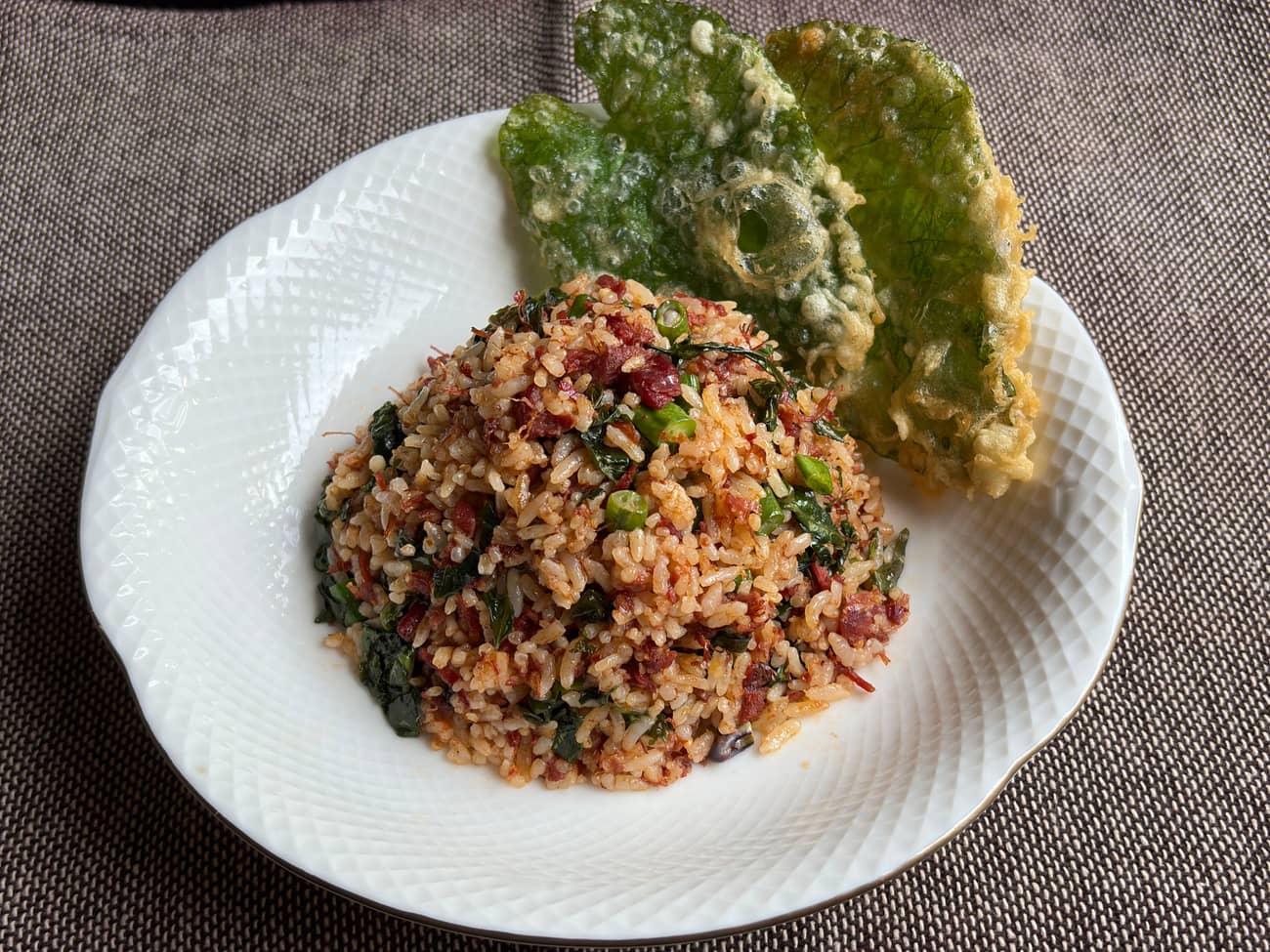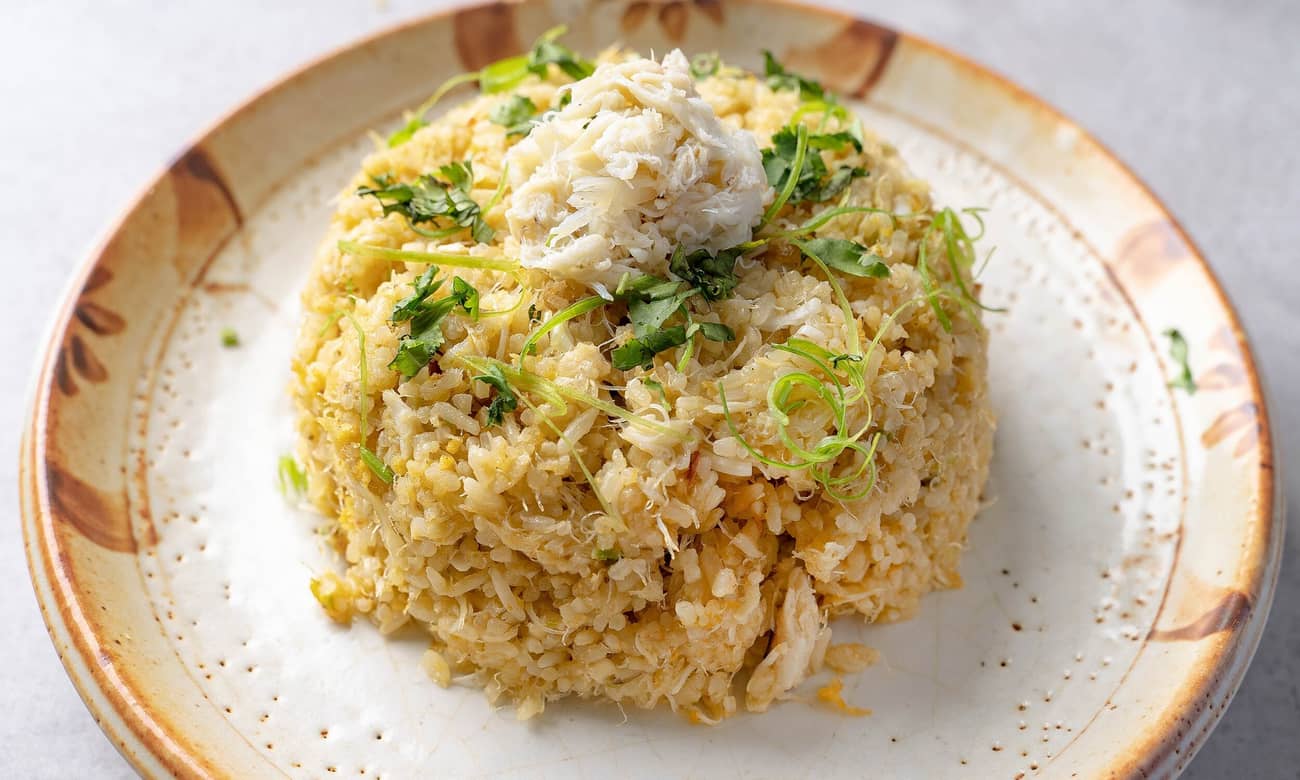
This wansoy calamansi rice takes inspiration from Tex-Mex lime cilantro rice, and pairs wonderfully with seafood.
Asia and Mexico are no stranger to the magic combination of lime and cilantro. Together, the duo brightens salsas and Thai dipping sauces; garnishes tacos and Vietnamese pho; tempers spicy chilies and curries.
Calamansi, or the Philippine lime, pairs just as well with cilantro. This recipe adapts Chipotle’s lime cilantro rice to local wansoy and calamansi, creating a refreshing green sinangag. We recommend using long-grain rice like jasmine or basmati.

Calamansi, or calamondin, are tiny round citrus fruits related to lemons and limes. They grow in abundance in the Philippines. When you want to add some acidic brightness to your dish, a squirt of calamansi does wonders.
Wansoy is the Filipino name for cilantro or coriander. The leaves have a clean, citrusy flavor (that melds well with calamansi!) while the stems, beloved by Thai cooks, taste sweet and peppery.
You'll also find wansoy labeled as Chinese parsley. Don’t confuse it with Chinese celery, or kinchay, which also has flat leaves. They taste very different!

We don't just copy random recipes. We taste test every single one.
Easily search and save your favorites.
Chefs develop our food with techniques made easy for home cooks.



Fresh wansoy is highly perishable and should be used within the day. To store, wrap your wansoy in newspaper and refrigerate.
While some people find wansoy fresh and lemony, others—usually haters—will claim that it tastes like soap. They’re not wrong.
If wansoy or cilantro tastes like soap to you, you most likely have a genetic variation that makes you extra sensitive to aldehydes: a class of chemicals present in cilantro and soap. That overlap explains the soapy flavor. But don’t worry, it’s not permanent!
Whether you’re looking to overcome your aldehyde-sensitive DNA or just want to ease up on the cilantro flavor, you can either do one of three things:
